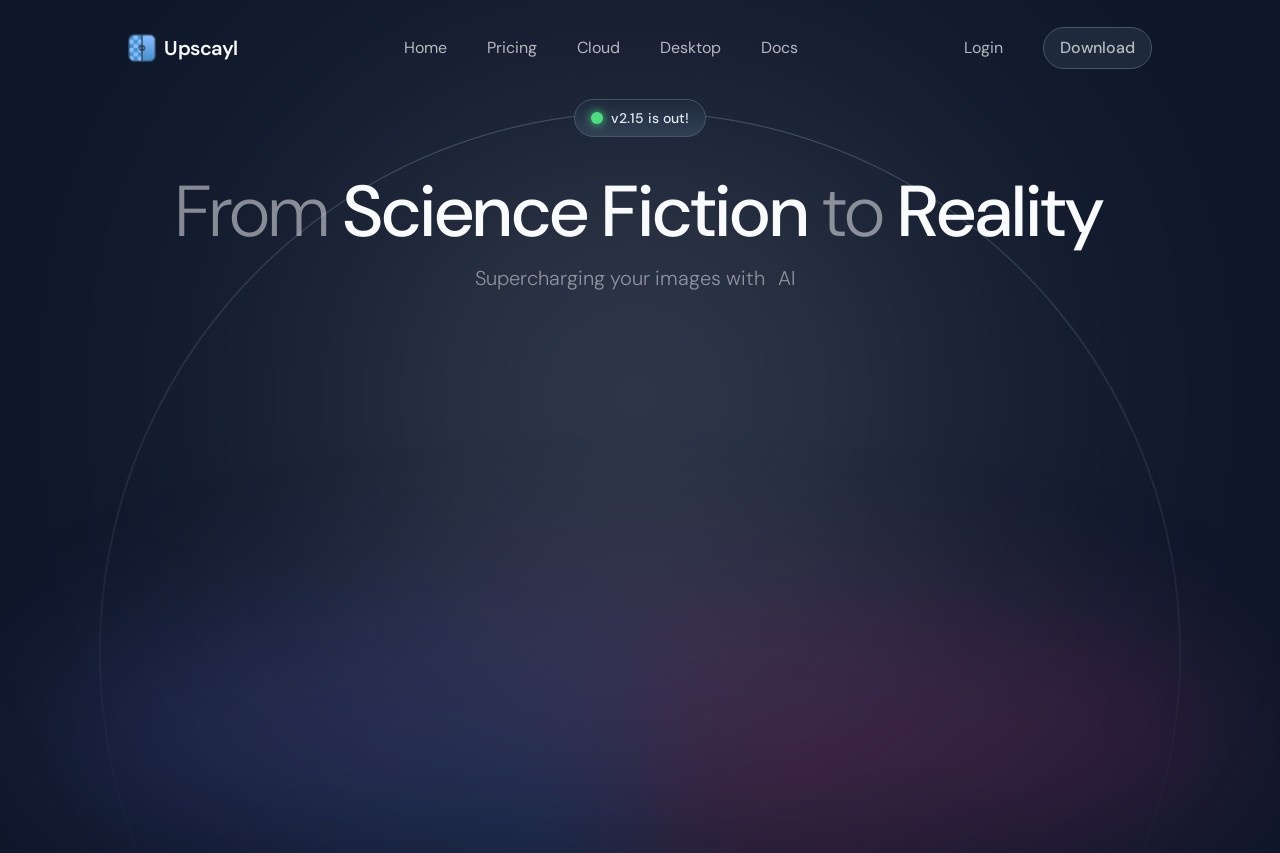
Upscayl is an AI-powered tool for enhancing image resolution.
Upscayl
An important matter in the world of digital imagery is resolution. Independent of whether you're a photo artist dealing with old photographs, a designer using low-res pictures or a marketer that requires sharp visuals, Upscayl definitely has something worth offering you. The innovative AI software of this open-source project is designed to enlarge images while not only preserving but also, in most cases, upgrading the details which were going to be removed or distorted by the most common forms of interpolation.
What Is Upscayl?
Upscayl is basically a no-cost application, which is supported in all operating systems; it uses machine learning to enlarge images without affecting their quality. It doesn't resize pixels as any ordinary resizing tool would do; it actually gets pixel details from the trained neural network. The resulting images? You will find them more natural and sharper that is to say even at higher rates such as 4x or 8x the original dimensions.
By working directly with some of the most popular AI models and such models as Real-ESRGAN, it has the capacity to offer the services of batch processing and round off in a variety of formats. You don't forget its offline mode though—the processing will not only stay on your computer but also address the famous privacy issues associated with the underlined cloud-based solutions.
Hands-On Experience
Applying it to various types of images consistently exposed the strengths of Upscayl. A 640x480 family photo taken in the year 2002 and turned to 2560x1920 still had all the important elements and all its fabric textures intact, as they had degraded in the first place. The architectural sketch gained new lines without artificial smoothing quite remarkably, also, pixel art had its blockiness uplifted at higher resolutions.
The ease of use features high because of the limited amount of customizations available. The user essentially has to indicate a folder, select an AI model (General Purpose, Digital Art, and Photo-Specific), input a scale factor, and then drive the process. The time to process also acts differently—one JPEG file with a size of 5MB was processed in 90 seconds on an intermediate computer, while the batch jobs went quite efficiently overnight.
Where it struggles: images with extreme noise or compression artifacts sometimes see those flaws amplified rather than corrected. The tool is also devoid of manual tuning options that are available in paid versions, thus, advanced users might wish to have fine-tuning control over sharpening or denoising.
Step by Step Usage Guide
Get the newest version for your OS (Windows, macOS, or Linux)
Open the tool and find your input image(s) or folder
Choose an appropriate AI model by the content type:RealESRGAN for general photosRemacri for digital illustrationsUltraMix Balanced for mixed content
RealESRGAN for general photos
Remacri for digital illustrations
UltraMix Balanced for mixed content
Set your preferred scale (2x, 4x, or 8x)
Designate output format (PNG is a good choice since it is a lossless format)
Press Upscayl and be patient while the tool processes
The AI works better with growing slightly blurred images to start with the highest-quality source available than the other more heavily compressed ones. You can also use batch processing, which will process up to 50 files one after the other—so that you can digitize your photo albums in an efficient manner.
Pros and Cons
Pros: A free open-source application with no hidden costs or watermarks.
Cons: The number of advanced edition tools is much smaller compared to such functions in the commercial environment.
Pros: Works totally offline for the maximum possible privacy.
Cons: Not all scripts would suit different use cases as they would result in the undesired textures.
Pros: Much better performance in comparison to traditional models.
Cons: No built-in comparison tools to analyze the change in performance before and after.
Upscayl serves a niche quite perfectly. It is not a tool to revise full-fledged with Photoshop. For a mere resolution problem, though, it is the most reliable choice that besides, doesn't ask for any subscription. There are many activities at GitHub of the project suggesting new changes that can be done in the future, so, it is a tool worth saving in your bookmarks if you deal with images of low quality frequently.

